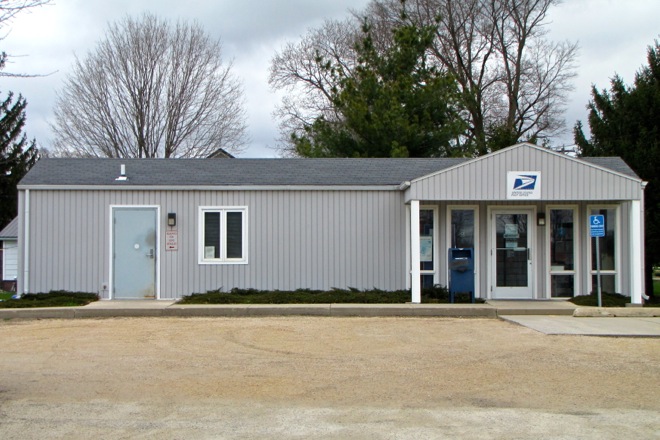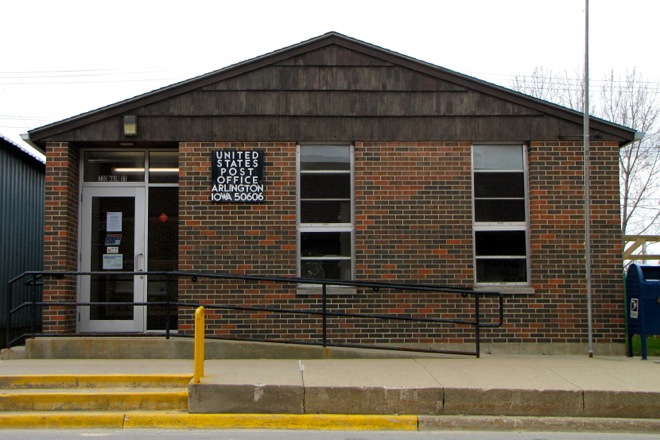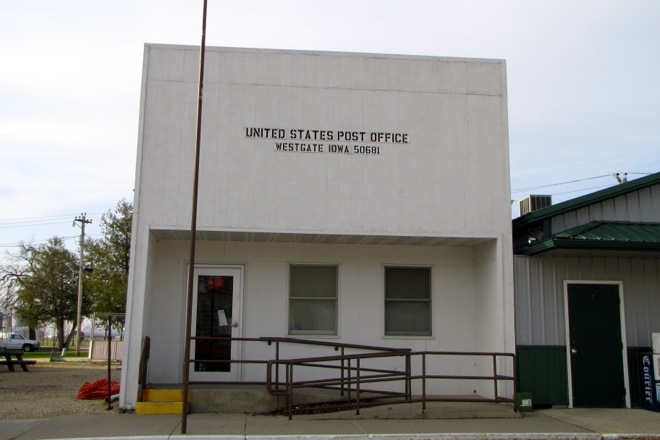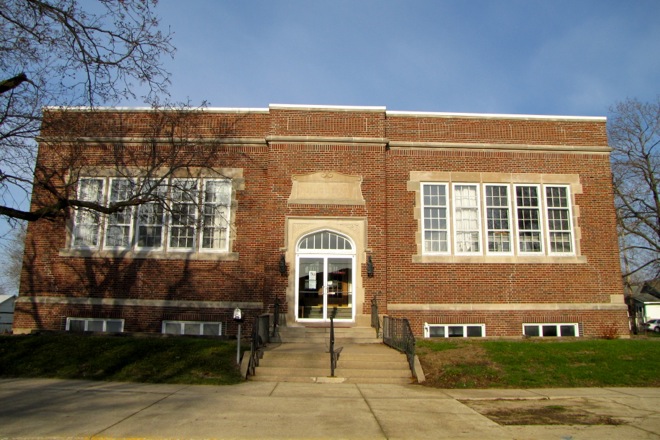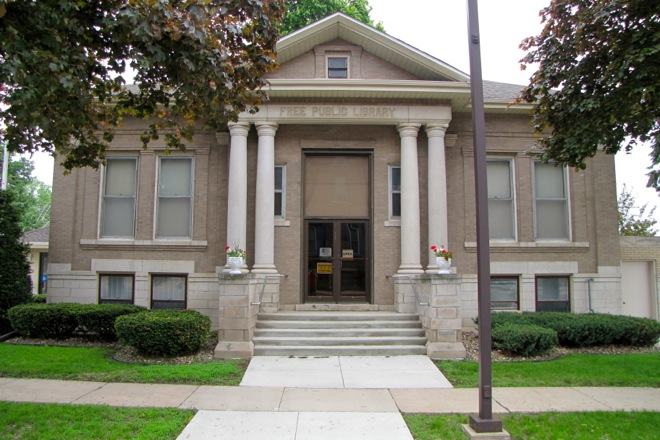
In 1994, the a new public library debuted in the Chickasaw County seat of New Hampton. The single-story building offered more space, the ability to accommodate computers, and was handicap accessible. The new facility left the future of the community’s 90-year-old Carnegie library in question. Juanita Andersen, Volunteer Administrator for the Carnegie Cultural Center, writes about the process to transform the space into a Carnegie Cultural Center:
The City had no plans for our Carnegie building. A group of local people, however, were concerned about the possiblity that the building would be torn down or sold to a private individual. They saw the facility as a “community heirloom” that should be preserved in the spirit of Andrew Carnegie’s original intent – to serve the interests of the public. The building also links our small community to the other libraries across Iowa and the United Staes that are part of the Carnegie libraries phenomenon of the early 20th century.
To make a long story short, the group proposed using the facility as a Cultural Center to preserve, promote and honor the history and cultural legacy of the Chickasaw County area. A private, non-profit (501c3) agency known as the “Carnegie Cultural Center” was established. We continue to exist in a public/private partnership with the City of New Hampton. The City still owns the building and provides enough funds to pay for the utilities (when the weather is co-operative!) and it is up to the Cultural Center organization to do the rest.
Our grand opening occured in June, 1995. Since we are funded by donations and are powered by volunteers, we do not move at lightning speed. We were open for five years before the lower level was rehabbed and ready for use. Our permanent exhibits, which we market for tourism, are comprised for the most part of models and miniatures that in some way speak about life as it was and is in this area. Our temporary exhibits are targeted at the local community and have featured a very wide diversity of topics. We are also growing an archives of information, photos and specific artifacts that are available for historical or genealogical research.
Many, many people have given their hearts and energies to make the Carnegie Cultural Center a reality. In 1999, an endowment fund was established to help insure the Cultural Center’s future. Obviously we are still “growing” the fund, but, future expenditures from the interest generated by the fund may only be used to hire staff or help fund capital expansion.
The Carnegie Cultural Center is open this summer Wednesday through Sunday. For full hour details, or contact information to schedule an appointment, visit the center’s website.
